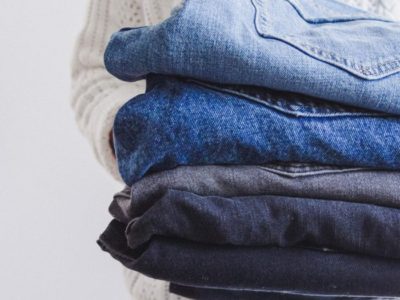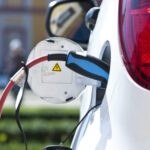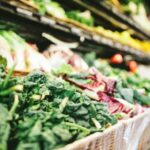A product’s value chain has often been considered a straight-line process. Raw materials go into a manufacturing process, and the product ships to the customer, who eventually disposes of the products and packaging.
In most cases, the customer must decide what to do with the packaging and product when finished with them. Typically they pass both along to municipal recycling and waste disposal systems.
Extended Producer Responsibility (EPR) projects aim to shift the burden of disposal to the companies manufacturing a product or packaging. And if the cost of disposal falls to the manufacturer, they have an economic incentive to reduce or even eliminate that cost by designing out waste. Further, due to climate change, companies are increasingly concerned about potential raw material supply disruptions and are looking for alternative sources.
As a result, many companies are re-imagining that straight-line process as a circular loop.
Products designed as EPR or circular projects are often:
- Easier to reuse, repair, and recycle.
- Made from non-toxic, renewable, and second-life materials.
- Easily disassembled for repair, remanufacturing, or recycling.
- Collected via dropoff, pick-up, or mail-in programs.
The textile industry is an example of a sector that has begun a circular process to become more sustainable. The European Union’s 2030 Vision for Textiles states, “all textile products placed on the EU market are durable, repairable and recyclable, to a great extent made of recycled fibers, free of hazardous substances, produced in respect of social rights and the environment.” And the European Commission calls on companies to focus on product design to achieve these goals.
MUD Jeans is an excellent example of this vision, achieved through sustainable, circular design and third-party certification. MUD Jeans:
- Makes jeans from two primary materials: organic cotton (certified by the Global Organic Textile Standard) and recycled denim (certified by the Global Recycle Standard).
- Uses up to 40% post-consumer recycled cotton (the current industry leader) with the intention to design the first jeans made from 100% post-consumer recycled cotton.
- Applies buttons and rivets that are 100% stainless steel and are ready for reuse or recycling, rather than the typical metal and plastic mix.
- Dyes with cradle2cradle (C2C) certified dyes that mimic nature’s cycle so that they can be released into nature without harm (historically, indigo dye has been highly polluting).
- Packages products using organic, ethical, recyclable, FSC certified, and 72% recycled cardboard boxes, each made to fit the shipment.
- Offers free repairs for their customers leasing jeans.
- Collects their used jeans, plus other denim brands (as long as they are 96% cotton) via mail or in-store dropoff.
As a result of these practices, the company claims that measured per pair of jeans, they use 93% less water, 47% less land, and create 74% fewer carbon emissions compared to the industry standard.









We need to catch up with Europe on this necessary change.